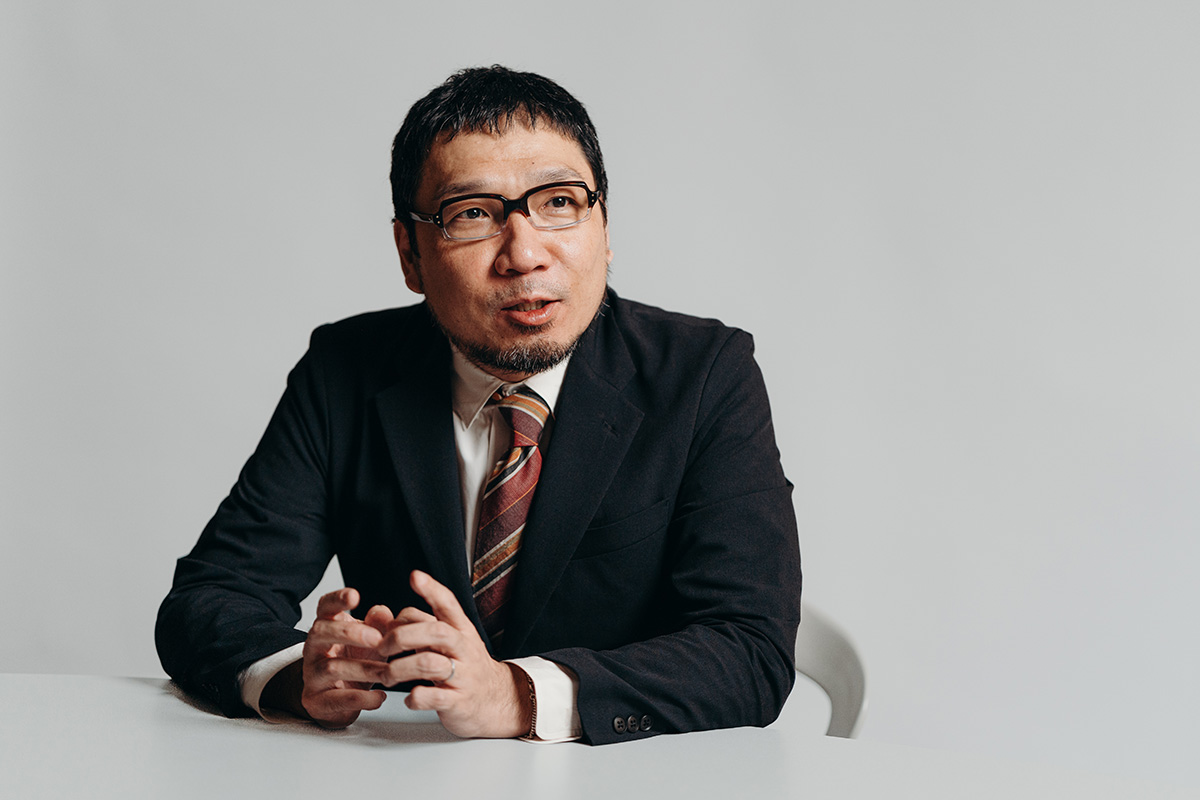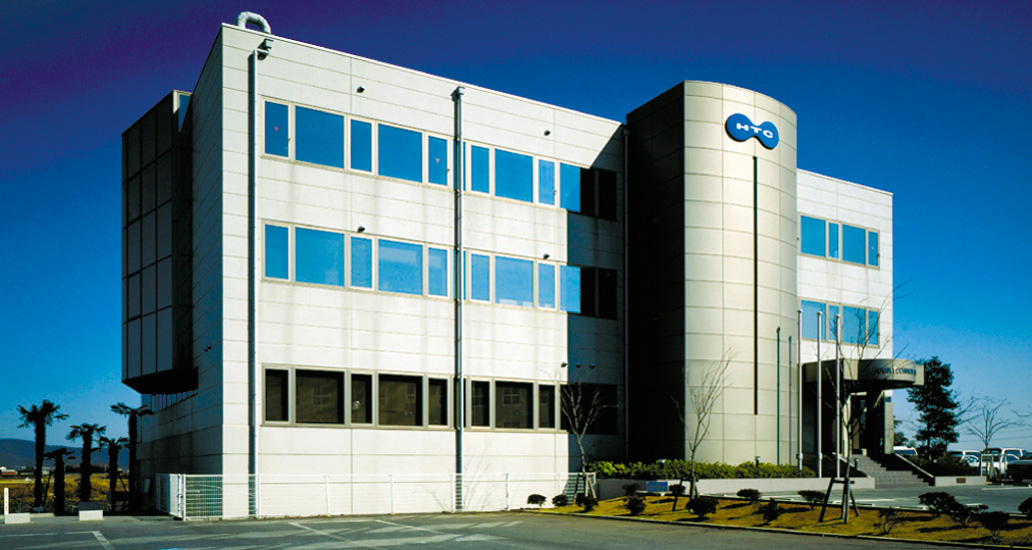As the automotive industry accelerates its transition to Electric Vehicles, Houwa Kogyo's innovative material research and bespoke design solutions promise to play an increasingly significant role.

Over the past 30 years, Japan has seen the rise of regional manufacturers who replicated the Japanese monozukuri process with cheaper labor costs. This has pushed Japan out of certain industrial mass markets. However, Japanese firms are still leaders in niche B2B fields. How have Japanese firms maintained their leadership despite the stiff price competition?
Japan is an isolated island nation that limits its mass production capabilities even before the rise of these emerging countries. Within Japan, the target is mass production. However, the focus on overseas production is more on quality than quantity.
Japan's demographic is shrinking and rapidly aging at the same time. With the challenge of having a smaller labor pool, fewer graduates are coming through for companies to replace their seasoned workforce. There is also a shrinking domestic market. What are some of the challenges and opportunities that Japan's demographic shift has presented to Houwa Kogyo?
Securing human resources is a big issue for our company. Our motto is to have borderless, genderless, and ageless recruitment. We are actively recruiting overseas Chinese workers. We are also open to recruiting senior employees and women. We do not discriminate but we assign work accordingly. For example, we assign seat assembly which requires more power to men, and seat sewing to women.
Seat assembly also includes designing interior parts of automotive seats. Your firm is proposal-oriented and it designs solutions specifically tailored to your customers. As a result, you do not have products that are off the shelf. Can you provide us with a specific example of a product that you designed for a customer?
We have expansive data in our custom facilities on all materials we have procured from manufacturers. Our data on the materials include their weight, comfort level, usage, specifications, and sound acoustic element. We make proposals to our customers based on our database which shows what materials best meet their needs.
The automotive sector is going through a big change with the switch to EVs and as a result, cars require new specifications. New materials such as CFRP (carbon fiber-reinforced plastic) or composite plastics are now used to offset the weight of the lithium batteries and your firm has been conducting research leading to weight reduction. As the switch to EVs continues to take place, what opportunities do you see for your firm? Also, can you please share with us a little bit more about some of the research results you had with weight reduction?
Our company has a reasonable goal to reduce our carbon emissions to 45% by 2030, and zero carbon emissions by 2050. We are doing this by changing our main energy source. The heavy oils we use in our factories have been replaced by LPG. We have also started using solar panels and purchased electricity from electric companies. We are increasing efficiency in our production and implementing energy-saving measures.
We now have many opportunities to provide new materials and components for EVs. We have accumulated technologies, an extensive facility, and a database of components and materials. We aim to propose new materials and components to our customers that they can use. Battery efficiency and pneumatics become more important in EVs. Cars are lowered and the cabins become more compact, so it will become necessary to make comfortable internal components to compensate for these changes. We are now focusing on the development of a new fiber material that we cannot wait to introduce to our customers.
Aichi is considered by many to be the heart of Japan's automotive industry, which is hierarchical due to the keiretsu system, where many companies only have one or two customers. With this transition to the next generation of vehicles, they are talking about making it like a skateboard. One company will manufacture the battery and four wheels, after which companies like Sony or Apple will build the cars on top of that frame. As this industry development takes place, how are you adapting and how are you foreseeing your client base developing with this new automobile industry structure?
We specialize in car seats and interior car parts which will continue to have demands, even with the transition to EVs. Car exhausts, pipes, engines, and tanks might be replaced, but seats and interior car parts will remain. There may be new types of added value required, but we can continue providing our existing approach of giving proposals and getting involved in joint development with our customers.
The shift to EVs also brings in new competition. In our case, it is the furniture or interior house companies that can enter the field. In terms of engine and battery components, electronic companies are entering the EV field. We want to leverage our experience and expertise in working with automotive interiors and proposing new ideas to new generation automobiles.
The shift to EVs is more of an opportunity for us as a state manufacturer rather than a threat. We have a group company that does household interiors and furniture, so we can meet the new demands for EV interiors if we combine our know-how and create synergy with them. It is also an advantage for us to have an extensive database of materials and a facility that can be used in making automotive furniture. Furthermore, we have a history of making fiber-reinforced plastic (FRP) seats for cars that are not normally used. In the past, we have made seats for stations, airports, aeroplanes, ships, and cars. We want to propose new types of seats and interiors for EVs based on our experience and also enter other fields.
The next step after EVs is autonomous driving. Once we get there, the cabin becomes a living space. Driver seats will no longer be required. Both front and back seats can be converted into a comfortable living area with reclining sofas, massage chairs, or embedded speakers for relaxation. All these changes will push us to make new proposals that offer safety and quality.

EVs are a lot quieter than internal combustion engines. However, as there is no longer engine noise, other sounds such as the wind hitting the car or the tires hitting the road would be more audible to the driver. As a result, the need for quieter interiors will increase. You employ your Statistical Energy Analysis (SEA) analysis as part of your sound analysis of your products. Can you go more into detail about how you are trying to keep the cabin quieter with your products to provide optimum environments for drivers?
There has been a demand to lower the noise in ICE engines too, but EVs require a different kind of noise reduction. The idea is not to fully eliminate noise but to cancel out noise by adding other sounds, so people inside the car will not easily get disrupted by any noise. The hybrid SEA system was introduced about 10 years ago. It is a collaboration between car manufacturers and interior manufacturers and (Safety Analysis Checklist) SAC system providers. Based on each component, we determined which parts require thinner or thicker carpeting to reduce the cost and increase performance.
Can you please give us more details on the role that collaboration plays in your company? Are you looking for partnerships in domestic or overseas markets?
We have a long history of technical collaboration. We have partnered with companies in Indonesia, Taiwan, India, Hungary, and Spain. Although our collaboration with many of them ended after the completion of the project's technical transfers, we are always seeking new partners. We learned working with others that we always have to be mindful of protecting our technologies and copyrights. We want to be a proposal-type company that seeks out new overseas companies willing to collaborate with us.
In 2015, you established the Reverberant Echo Lab at your Technical Center. Can you tell us a little bit more about this echo laboratory that you have set up? What advantages has it brought to you since its opening?
We have two different rooms in our laboratory. One is the reverberant echo laboratory and the other is a non-echo room. We use these two rooms to measure how much sound can be reflected or cancelled in the interior components and materials that we provide to automotive manufacturers. This is a new type of testing facility that we gained from increasing our proposal power.
Moving forward, are there other countries or regions you have identified for further expansion? What strategies are you looking to employ to achieve it?
We want to be a global company and have our manufacturing base in Southeast Asia. Since Japan is an island nation, manufacturing here means having complicated restrictions on imports and exports. Having factories in Thailand, India and Indonesia which are developing nations that have growth potential are advantageous for us both geographically and economically.
One of our biggest customers Suzuki first went to India instead of the US or Europe and tried to enter this untapped market. We also want to enter a market that has huge potential. Next week, I will visit Thailand and Indonesia in hopes of expanding our overseas operations. Japanese monozukuri is focused on the pursuit of quality and not quantity. However, we still have to expand our company and secure quantity production through Southeast Asian countries like Indonesia, Thailand, and India. We can have an advantage in the global market if we have multiple bases that can manufacture in bigger quantities. Furthermore, by diversifying the factories, we can secure business continuity and have a measure of security.
Are the factories overseas your own factories or are they used for outsourcing like OEM operations?
Both, but we would rather control operations ourselves. We would like to pursue joint ventures or collaborations with local companies. We also would like to be involved in the production since we already have the Japanese manufacturing monozukuri experience in Japan that we would like to spread across the globe. In our past technical alliances, we provided technologies and the local companies made the products. However, once they have learned everything, there is no longer a reason for them to continue a technical alliance with us. They would start replicating our products. We learned the important lesson of securing our technologies while evolving together with the local companies and continuing to provide solutions for their needs.
If we come back again in three years, what personal goals and ambitions would you like to have achieved by then?
Our company has been formulating a three-year midterm plan since our foundation. We are now in April which is the beginning of a new fiscal year of our three-year plan. In the first year, we start implementation. In the second year, we review our progress. Finally, in the third year, we complete it. The foundation is what the employees would like to do, what they could do, and what they should do. The employees and the company will make decisions based on these three pillars. We have some financial targets, but we would like to focus on SDGs and introducing DX. I would like to make the company sustainable, reduce overall costs, and increase our profits.
Interview conducted by Karune Walker & Paul Mannion
0 COMMENTS